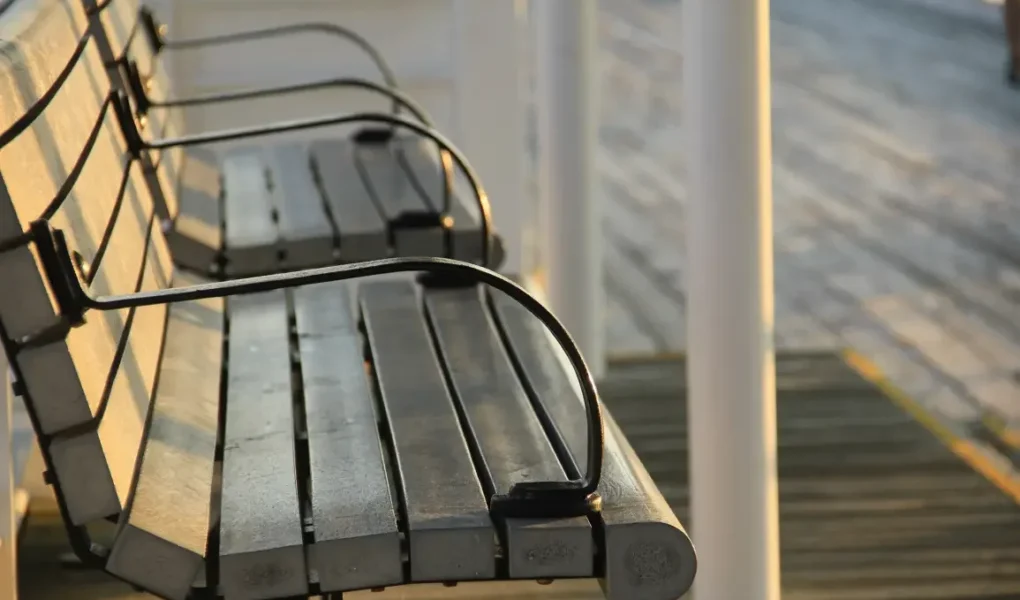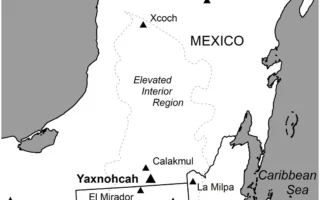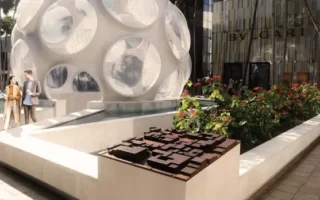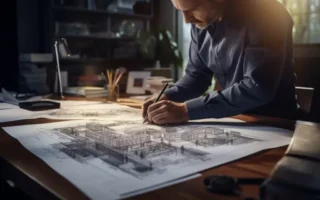Introduction:
In the bustling streets of our cities, amidst the blend of architecture and urban design, a silent and insidious form of exclusion lurks. It’s called “hostile architecture” – a design strategy aimed at deterring certain behaviors or demographics from public spaces. While initially intended to address issues like loitering, vandalism, and homelessness, hostile architecture has sparked controversy and condemnation for its negative impact on communities. In this exploration, we delve into the reasons why hostile architecture is not just undesirable but inherently harmful to the fabric of our society.
1: The Invisible Wall: Defining Hostile Architecture:
Hostile architecture encompasses a range of design elements and features deliberately implemented to discourage specific behaviors or populations from occupying public spaces. From metal spikes on ledges and benches to sloped surfaces and armrests designed to prevent sleeping, these measures are often subtle yet effective in their deterrent effect. While proponents argue that hostile architecture promotes safety and cleanliness, critics contend that it exacerbates inequality and marginalization, effectively creating “anti-social” spaces that prioritize aesthetics over inclusivity.
2: Perpetuating Exclusion and Stigmatization:
One of the most significant criticisms leveled against hostile architecture is its role in perpetuating exclusion and stigmatization. By targeting behaviors associated with homelessness, such as resting or seeking shelter in public spaces, these design interventions send a clear message: certain individuals are unwelcome and undeserving of basic comfort and dignity. This not only deepens societal divides but also reinforces negative stereotypes and prejudices against marginalized groups, further marginalizing them and hindering their access to essential services and support networks.
3: Undermining the Right to the City:
At its core, hostile architecture undermines the fundamental principle of the “right to the city” – the idea that urban spaces should be accessible, inclusive, and responsive to the needs of all residents, regardless of their socioeconomic status. By prioritizing the interests of property owners and businesses over those of the general public, hostile architecture erodes the democratic nature of public spaces and reinforces patterns of exclusion and privilege. Instead of fostering social cohesion and community engagement, it fosters division and alienation, perpetuating a cycle of inequality and marginalization.
4: Fostering a Culture of Surveillance and Control:
In addition to its physical manifestations, hostile architecture also contributes to the normalization of surveillance and control in urban environments. By designating certain behaviors as undesirable and implementing measures to deter them, authorities create a climate of suspicion and mistrust, where individuals feel constantly monitored and policed. This not only erodes privacy and personal autonomy but also undermines the sense of freedom and spontaneity that is essential to vibrant and inclusive public spaces.
5: Ignoring Root Causes and Sustainable Solutions:
Perhaps most importantly, hostile architecture fails to address the root causes of the issues it purports to solve. Rather than investing in long-term solutions to homelessness, poverty, and social inequality, authorities opt for quick-fix measures that prioritize aesthetics and property values over human rights and dignity. This perpetuates a cycle of marginalization and exclusion, pushing vulnerable populations further to the margins of society and entrenching systemic injustices. Instead of resorting to hostile architecture, cities should invest in affordable housing, social services, and community-based initiatives that address the underlying causes of urban problems and promote equity and inclusion for all residents.
Conclusion:
In conclusion, hostile architecture represents a troubling trend in urban design that prioritizes exclusion over inclusion, aesthetics over humanity, and control over freedom. By targeting marginalized populations and behaviors deemed undesirable, it perpetuates inequality, stigmatization, and social division, undermining the very essence of public spaces as inclusive and democratic forums for civic life. As stewards of our cities, planners, architects, and policymakers must reject the false promise of hostile architecture and embrace design strategies that promote accessibility, equity, and social justice for all members of society. Only then can we create cities that are truly welcoming, vibrant, and inclusive for everyone.




